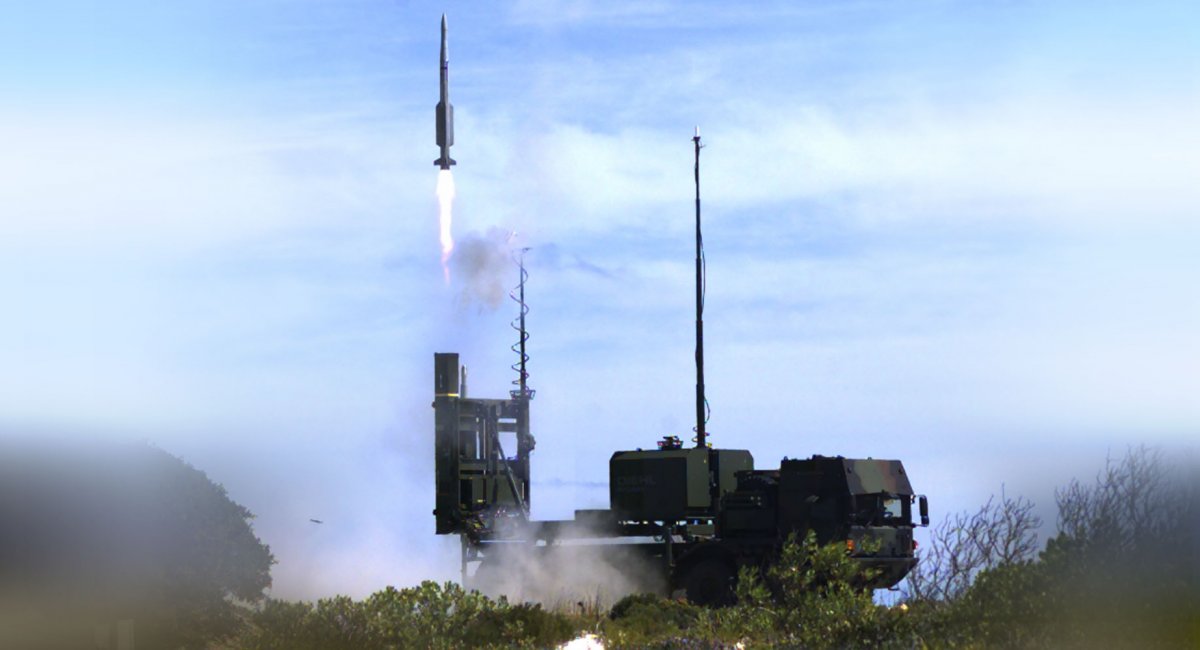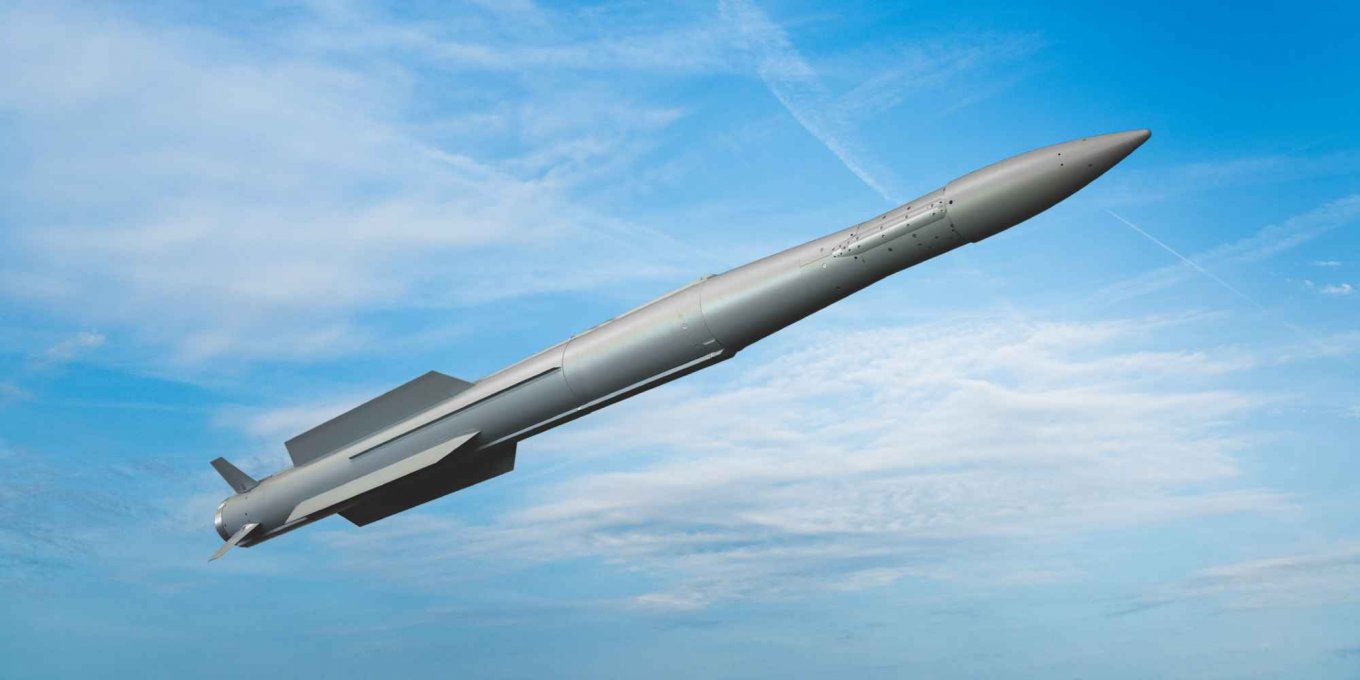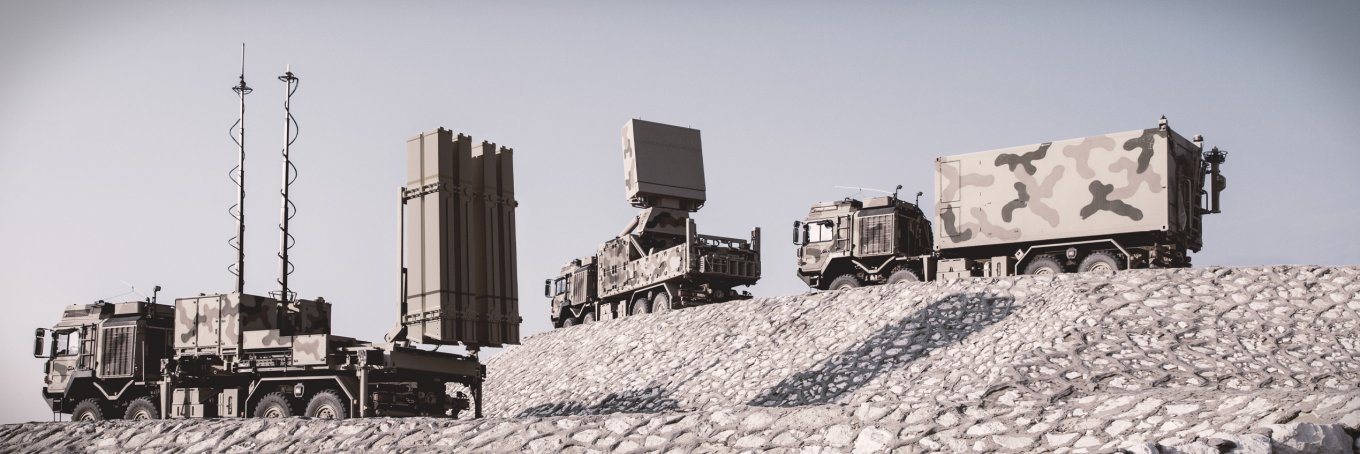
The biggest mystery of the next aid package from Germany: laser guidance for IRIS-T SLM
The addition of a laser illuminator to the IRIS-T SLM looks extremely mysterious, because the standard version of this SAM simply cannot use it for any tasks
The German government has officially announced that it has provided another package of arms assistance to Ukraine, which includes an additional six Gepard self-propelled anti-aircraft systems, ammunition of various calibers, including 155 mm, Vector drones, Biber engineering vehicles and other equipment.
However, this package contains a real mystery – 10 laser illuminators for IRIS-T SLM were added to the 10 fire control stations of the IRIS-T SLM, which in the original is Laserzielbeleuchter, and in the English version of the message is laser aiming equipment.
And this is indeed a mystery because IRIS-T SLM uses infrared-guided missiles, not reflected laser beams. That is, there is no need to illuminate the target with a laser for the IRIS-T missile.

Moreover, the developer Diehl declares the extremely high sensitivity of the missile’s homing head, which sees not the high-temperature signature but the target itself, which allows it to hit surface targets such as boats with appropriate software changes. At least a relevant successful test was conducted in 2016 by the Norwegian Air Force.
Also, the IRIS-T SLM does not have a separate optical-location station where a laser illuminator could theoretically be located. The role of a passive sensor in this complex is usually played by the TwInvis electronic intelligence station from Hensoldt.
After all, the IRIS-T SLM missile has a range of up to 40 km. And at this distance, it is objectively impossible to provide effective laser illumination of the target.

And that is why it is extremely difficult to find an answer to why laser guidance systems are added to IRIS-T SLM. Of course, it is possible to assume that a semi-active laser-guided missile was integrated into the SAM. For example, the well-known APKWS, which requires a laser to illuminate an air target, among other things.
Theoretically, if the SAMs are supplemented with APKWS launchers, it is possible to defeat targets such as kamikaze drones in a very cost-effective way. But Diehl is not aware of any work in this area. So we just have to wait for more information.

